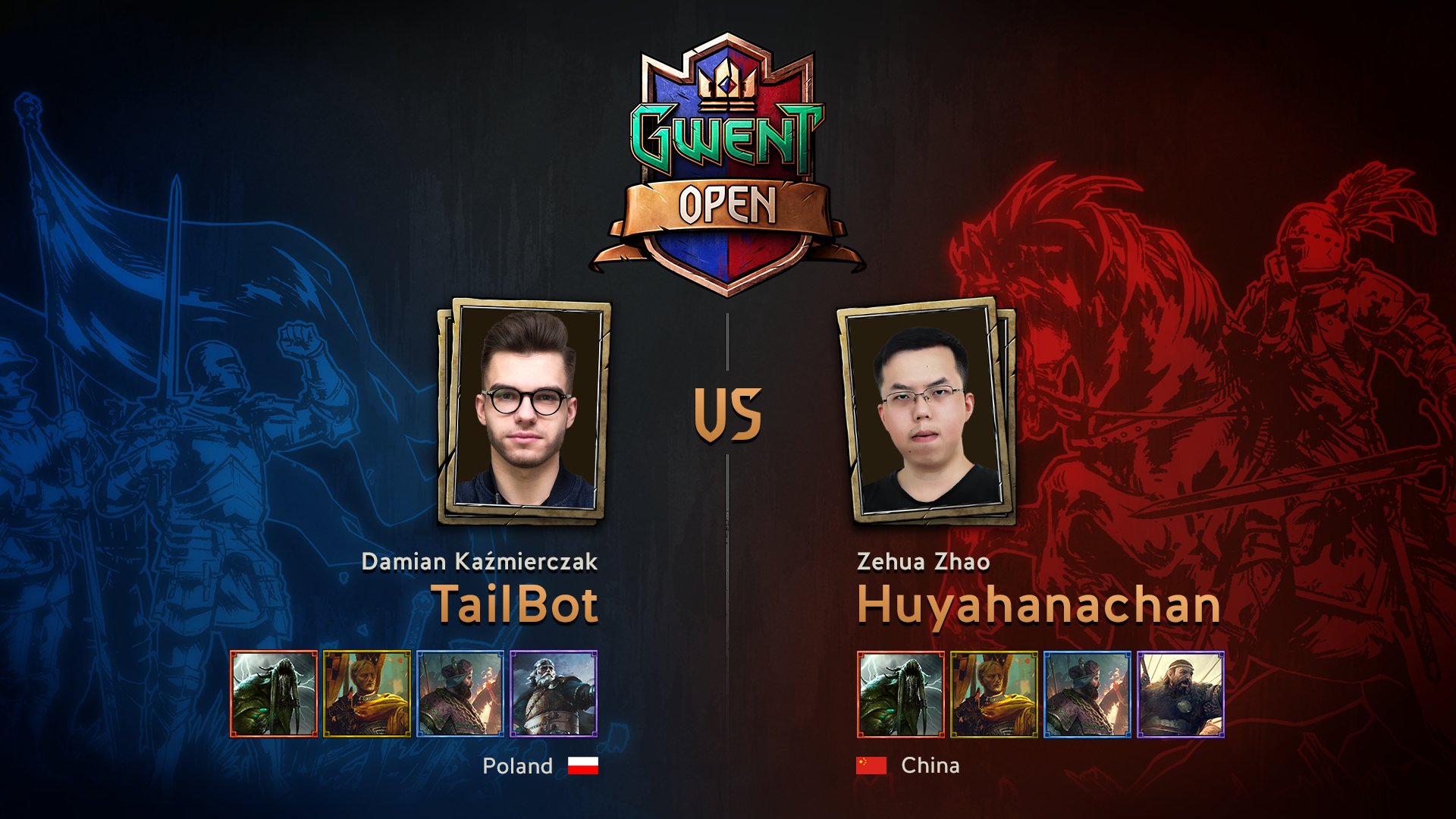by Alex “sprackles” Sprackling
You don’t need me to tell you that playing GWENT on the ranked ladder is a different experience to competing in a tournament. While laddering, winning as many games as possible is your main objective. It’s for this reason that most meta decks include almost no cards that are situational. With GWENT Open #5 recently finished, AndyWand brought what could be considered a perfect example of a situational card, in the form of Aguara. This card fit well into his hand-buff list and enabled him a secondary counter to Muzzle. Even so, he expressed his concern to fans of the deck, warning them of bad matchups outside a tournament setting, with examples like Alchemy Nilfgaard.
Tournaments, on the other hand, can often feel like a whole new card game. Being able to ban a specific deck awards you breathing space to build a specific strategy that won’t get countered. Let’s look back at Freddybabes and his recent appearance at Challenger #3, which saw him bring an eccentric Arachas Queen deck that utilised Arachas Drones, Harpies and Ruehin. This was a high-tempo deck, but was hard-countered by Henselt. Freddy intended to ban it, but ultimately chose another target.
King Henselt — formerly one of the most feared leaders in the game. Will the nerfs to Winch see him fall out of favour in tournaments?
In the finals, TailBot, his opponent and the eventual winner of Challenger #3, had dominated his past games with a Dagon Consume list. This deck was so strong that Freddybabes opted to respect-ban it, leaving his Arachas Queen deck vulnerable to TailBot’s Henselt. The two decks ended up clashing and, naturally, Henselt was victorious. As you can see, ban-baiting is almost subconscious — it’s something a lot of top players are doing, but might not realize they’re doing it.
Another deck which left a lasting impact on the GWENT pro scene is Hanachan’s Greatsword list. Hanachan is a player so consistent, he has attended every GWENT Open to date. It was the fourth Open what saw his persistence paying off. After beating Damorquis — a tenacious player in his own right, despite speaking beforehand of his fear of running into Greatswords — the rest of the tournament saw Hanachan’s Skellige list respect-banned every time.
On the surface, this may seem like a bad thing for the Chinese player. That is until you take the tournament setting into account. A regulated coin system allows players to build decks — Henselt in particular — around exploiting the red coin. They are, however, susceptible to being banned out. The respect ban Hanachan’s Greatswords had earned was more than an ego boost; it allowed him to play his red coin Henselt deck every time, a force to be reckoned with in both tournaments and ladder play.
GWENT Open #4 Final — Hanachan’s skill at playing Greatswords left TailBot in a sticky situation. Ban Henselt and let him play them or ban Crach An Craite and allow him to play red coin Henselt? What would you have done?
So, how do you exactly plan a ban-baiting approach? Building a dominant line-up with more than one oppressive list is mandatory, but as previously mentioned, it’s more of a subconscious strategy that evolves as the tournament progresses. Not just in your own head, but also your opponents’, as you’re forcing them to make a drastic decision. Do they ban Greatswords and favour you with red coin Henselt, or do they ban Henselt and prepare for a tough game against Crach An Craite? That said, it’s important to not overthink this approach and to just bring decks you’re comfortable with. You might get lucky. If you’ve brought Arachas Queen and your opponent hasn’t teched against Consume, then they may opt to ban it out.




